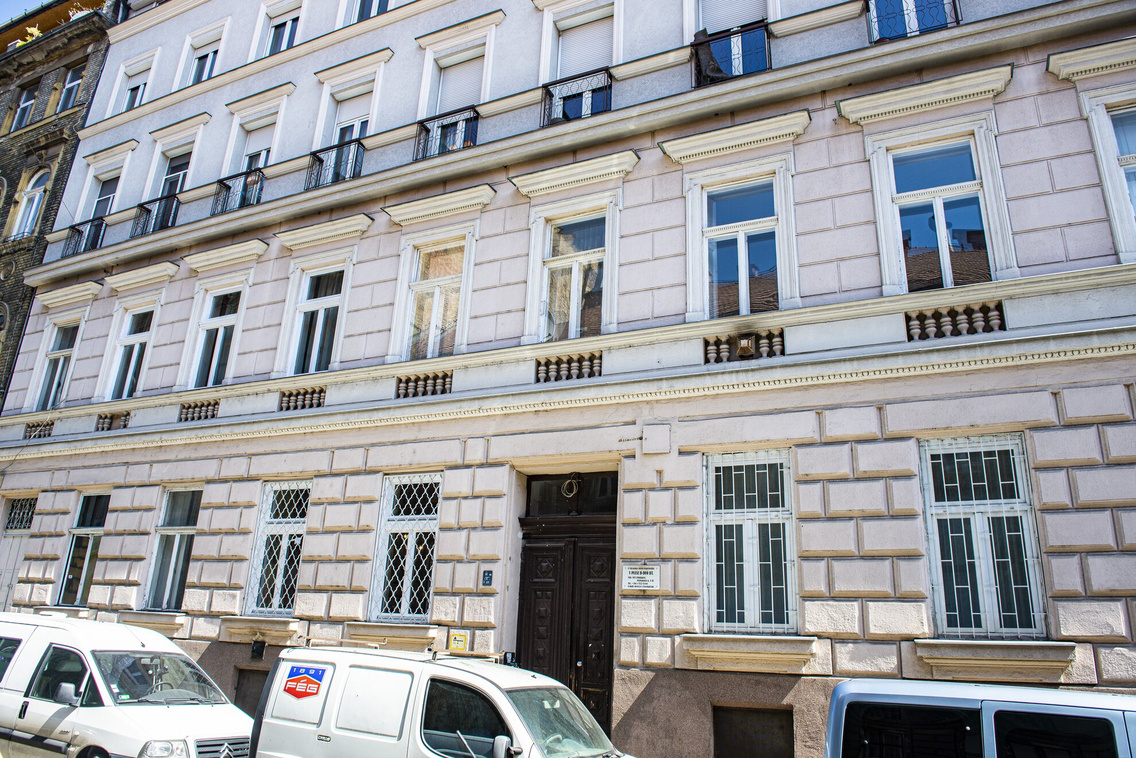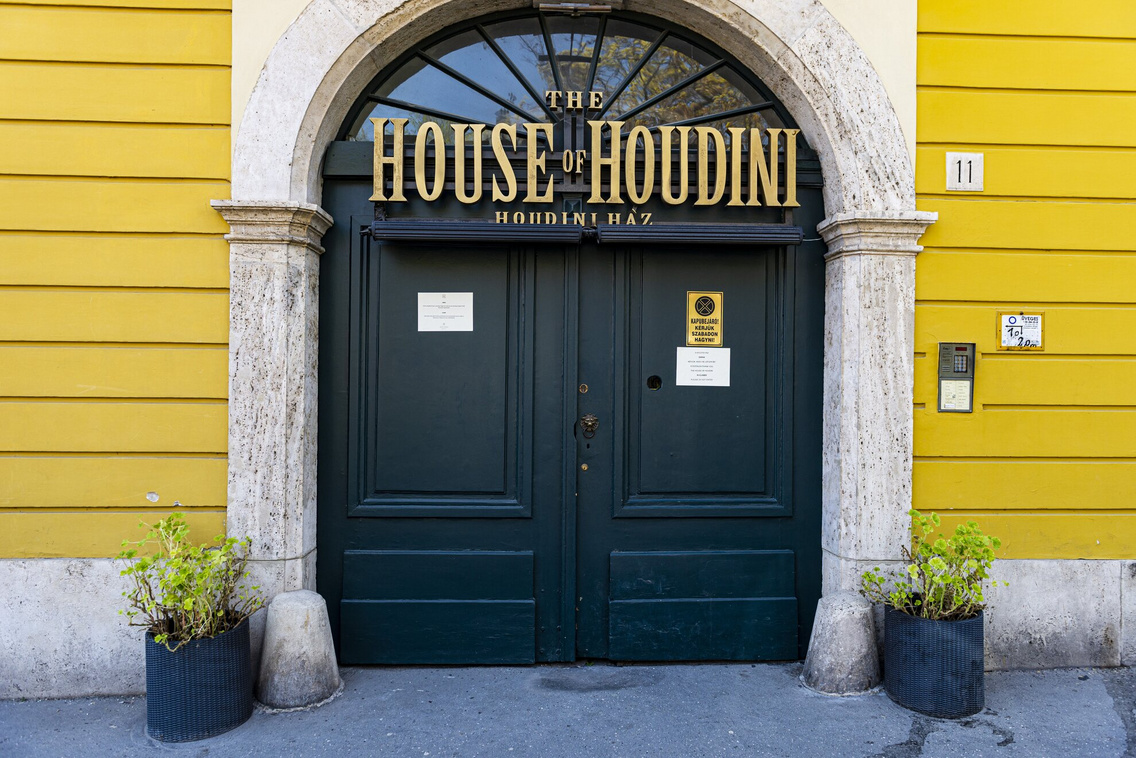He hid his origins
Houdini came from a Hungarian Jewish family and was just four when they emigrated to America, settling in the town of Appleton, Wisconsin. He later claimed this town as his birthplace, not Budapest, and he did not talk much of his Hungarian ancestry. It was not until well after his death, in 1972, that it was discovered exactly when and where the escape artist was born. To avoid any misunderstanding, it should be noted that Houdini had no issues with his origins, family members spoke some Hungarian at home, and Houdini was also very fond of Hungarian cuisine. The reason was assertiveness: if everyone thinks he is an American born in America, he will be presented with more opportunities. And so he was.

He was an aviation enthusiast
Houdini's period coincided with the dawn of human flight. In the 1900s, the escape artist fell in love with aviation, and being a successful and wealthy man by then, he bought a French biplane for $5,000. His first flight was a failure, but his second was a success and took place in Hamburg, Germany. Then, in 1910, he travelled to Australia to become the first man to take off in an aeroplane on the continent. He succeeded on numerous occasions and at several locations, his longest flight lasting just over 7 minutes and 30 seconds – remember, this was the heyday of flight. Houdini then stored the plane in a warehouse in England, intending to fly it again later and even to do tricks with it (such as jumping out of it handcuffed), but he never used it again.

He was a rabid enemy of the spiritualists
Harry Houdini had a very close relationship with his mother, Cecília Steiner, who passed away in 1913. Grief-stricken and desperate, the magician sought solace from spiritualists, hoping for a connection with his departed mother. This was unsuccessful but Houdini's sense of justice was deeply offended by the fact that these charlatans were exploiting other people's grief and gullibility by deception and lies in exchange for large sums of money. In his efforts to bring justice, he offered a cash prize to any psychic who successfully gave proof of their supernatural abilities, but the prize money was never taken. Houdini went to the séances in disguise, accompanied by a reporter and a policeman, at which he exposed several prominent mediums. He also wrote books against spiritualists and was working with H.P. Lovecraft on a book on the subject when he died. His friendship with Sir Arthur Conan Doyle, the man behind the Sherlock Holmes stories, was also broken because of the spiritualists. The author was convinced that Houdini was a very powerful medium who used his paranormal abilities to perform his stunts and that he only exposed other spiritualists to block their powers, thereby increasing his own success.

He tried his fortune in Hollywood
The film industry saw more than just a thrilling act in Houdini. They saw a star, and he actively engaged with this new medium, not just through filmed escapes. In 1918, the 15-part The Master Mystery was released, in which Houdini plays an agent named Quentin Locke, who fights a group of criminals protected by a robot named Automaton, and also plays an important role with a gas gun called Madagascar Madness.
Houdini had appeared in four films by 1923, the first being The Grim Game in 1919, followed in 1920 by the promising Terror Island. The Man from Beyond (1922) was made by his own production company, and his final film, Haldane of the Secret Service (1923), was directed by Houdini himself, who also starred in the title role.
Unable to have children, he surrounded himself with animals
Despite their desire to have children, Houdini and his beloved wife never had any. The reason has never been revealed, but rumour has it that the short, frail, and sickly woman was unable to conceive. So they made up for the lack of children with their love of animals; the couple had dogs, birds (a parrot, a buzzard, and a canary), a dwarf rabbit, and a tortoise. Legend has it that when Houdini died, one of the parrots escaped from its cage and flew away never to return. He must have learned the art of picking locks from his master.
You can read more about Harry Houdini's memories of Budapest in this article.
(Cover photo: Getty Images)




